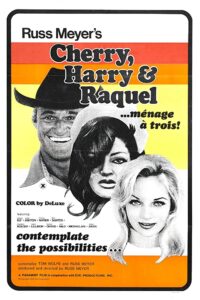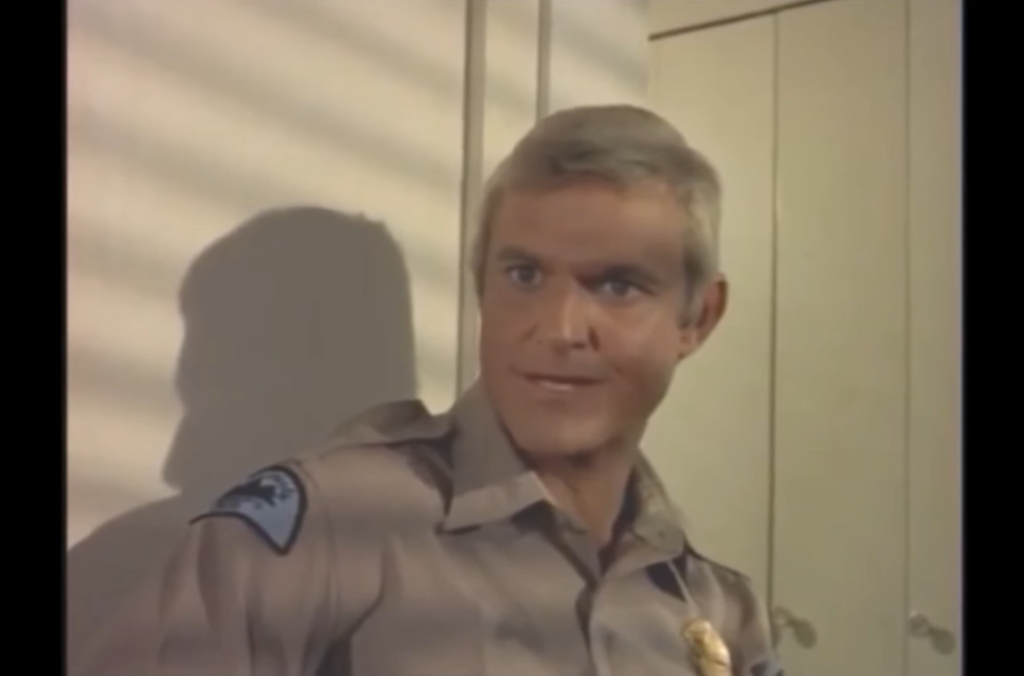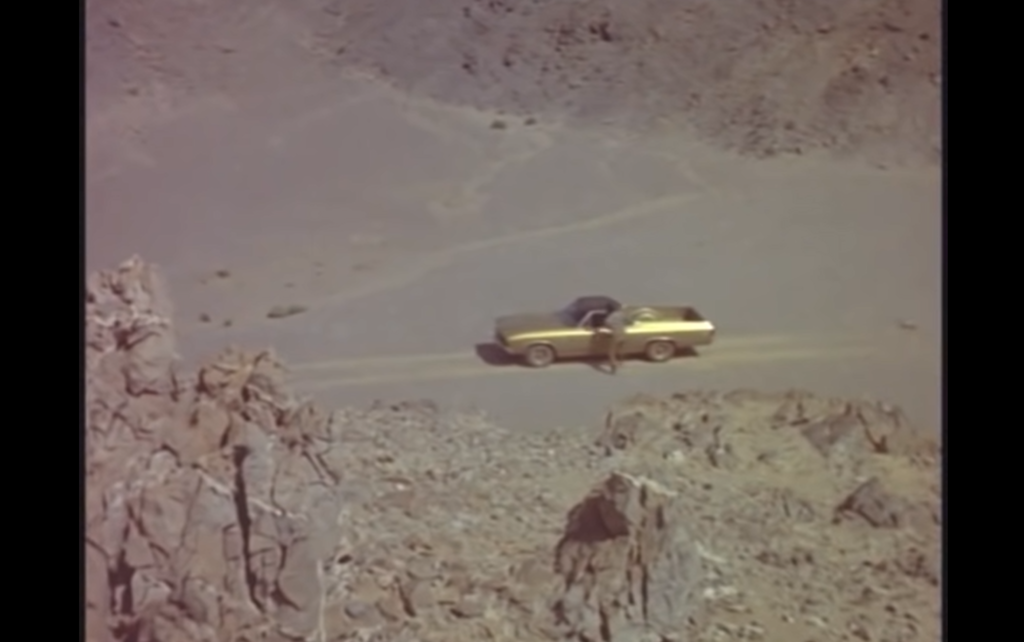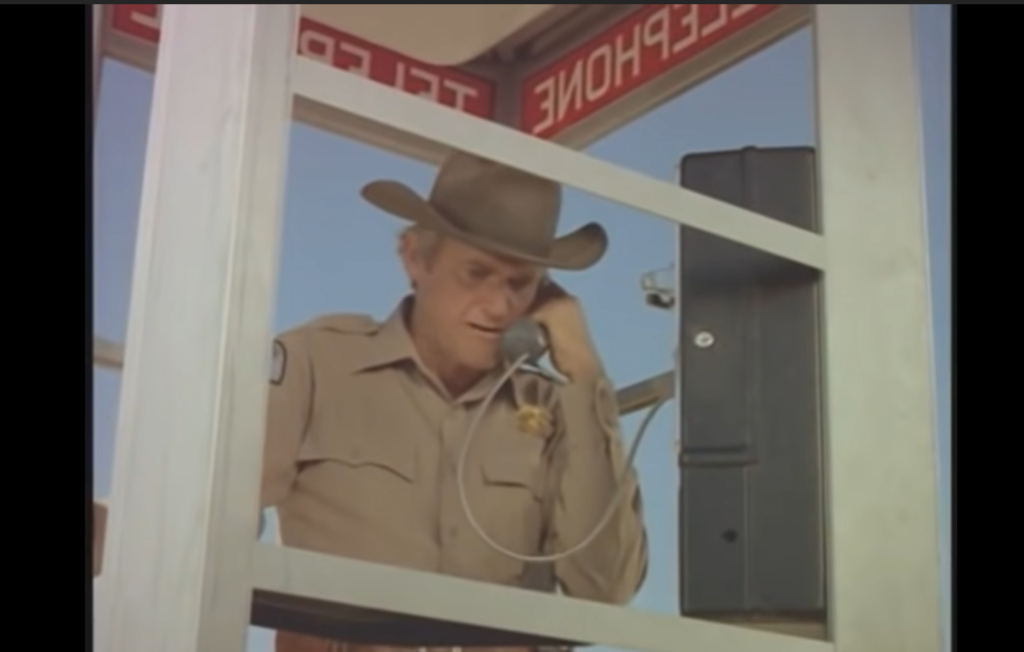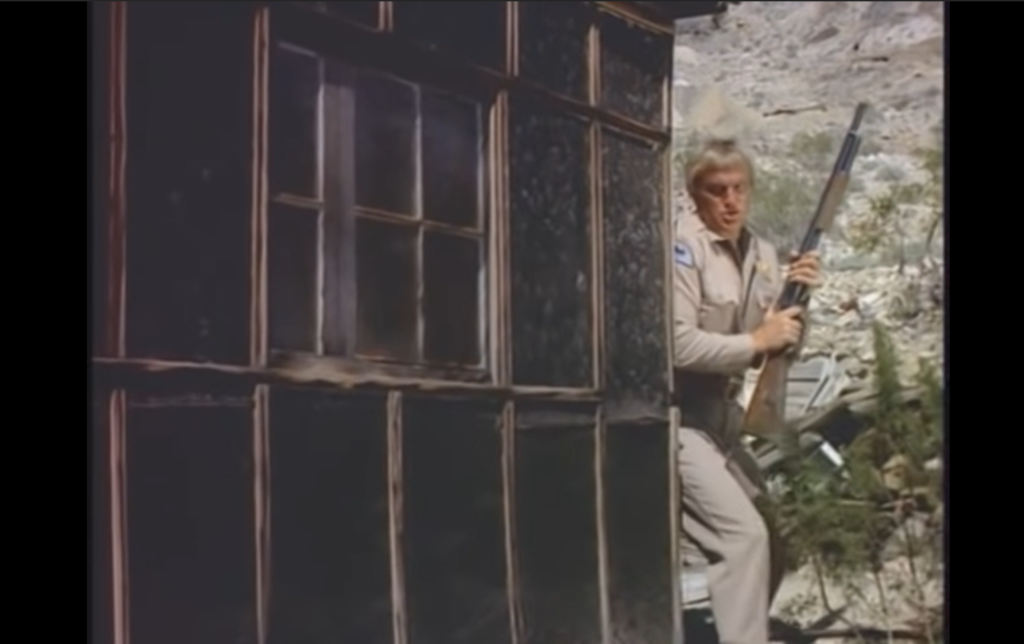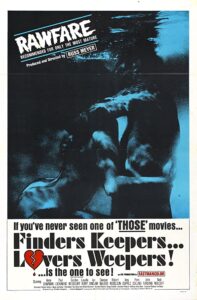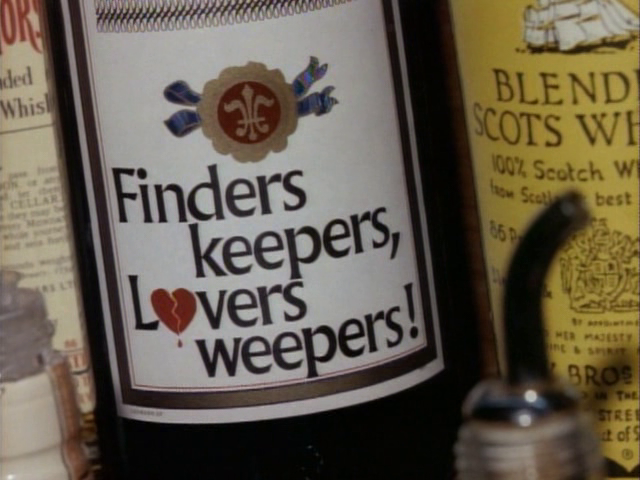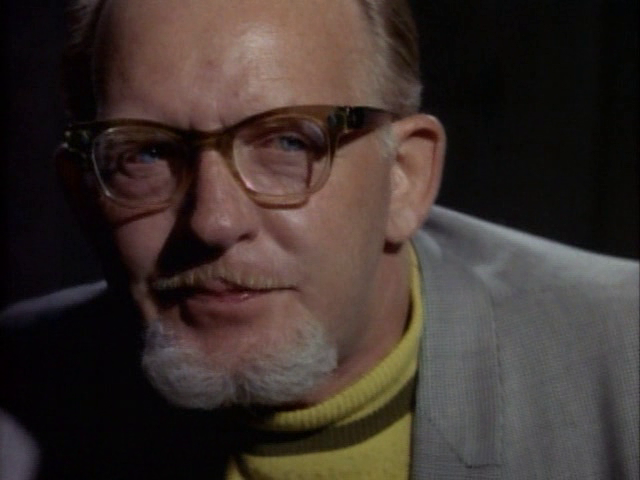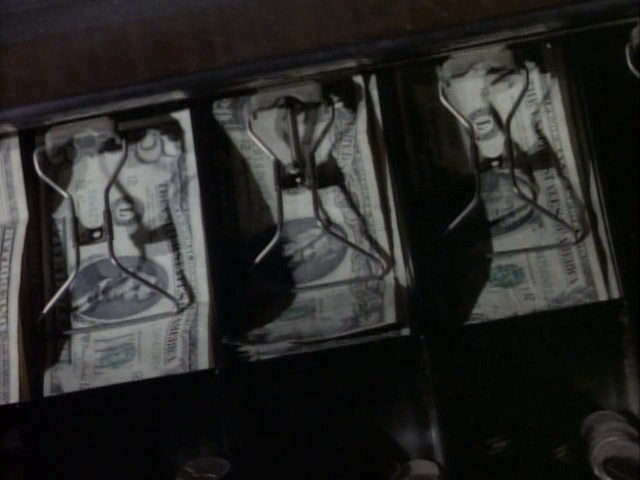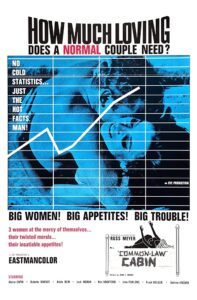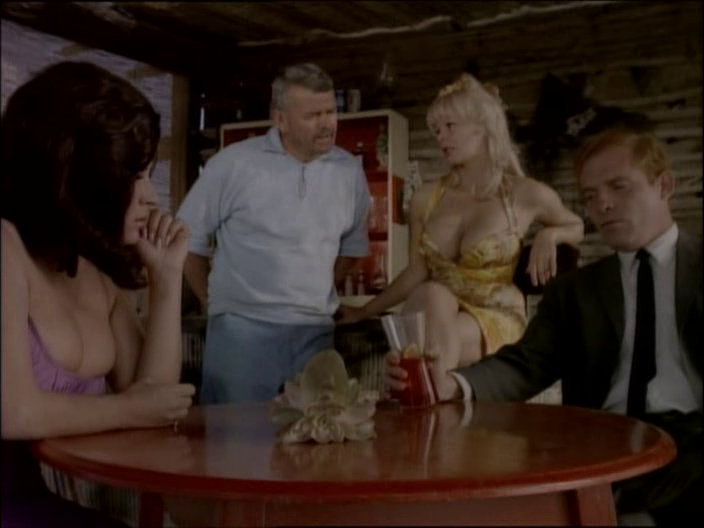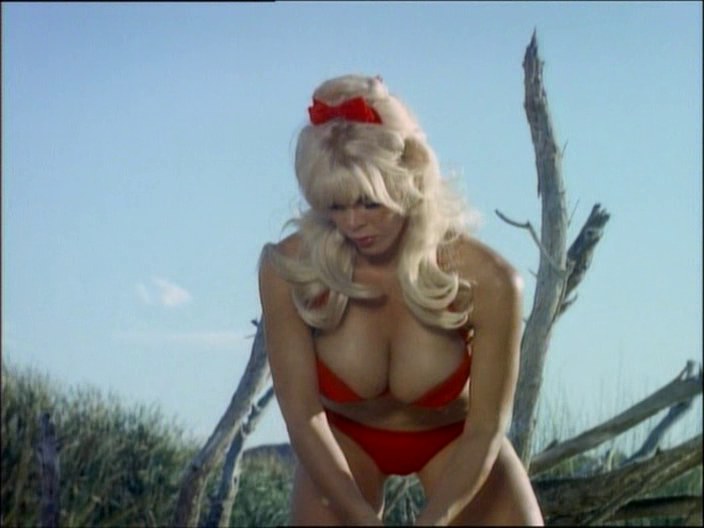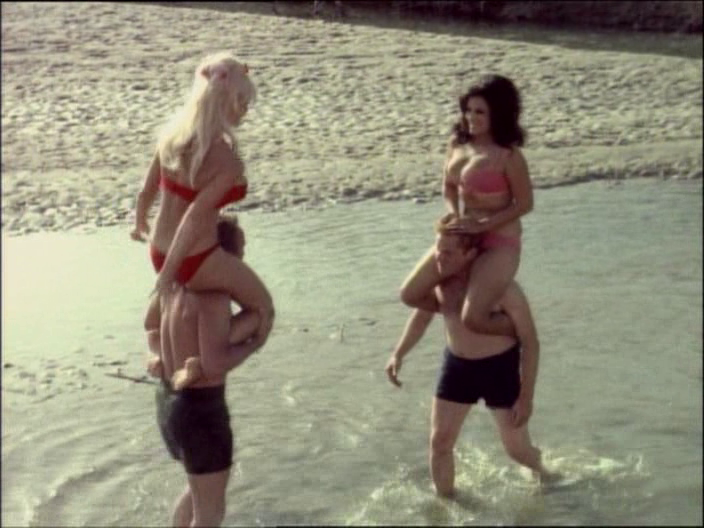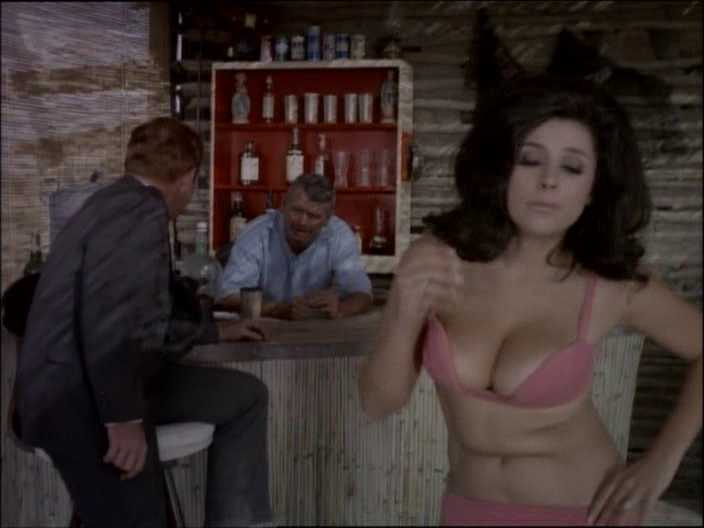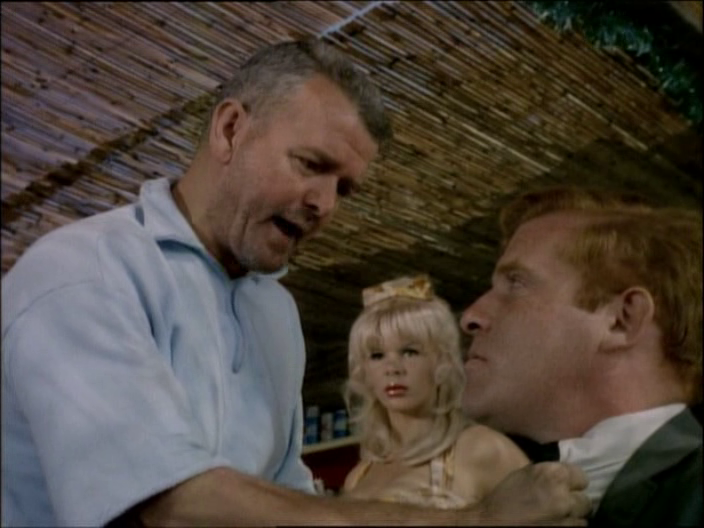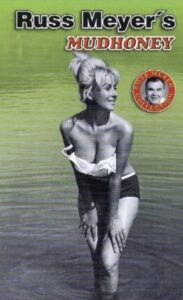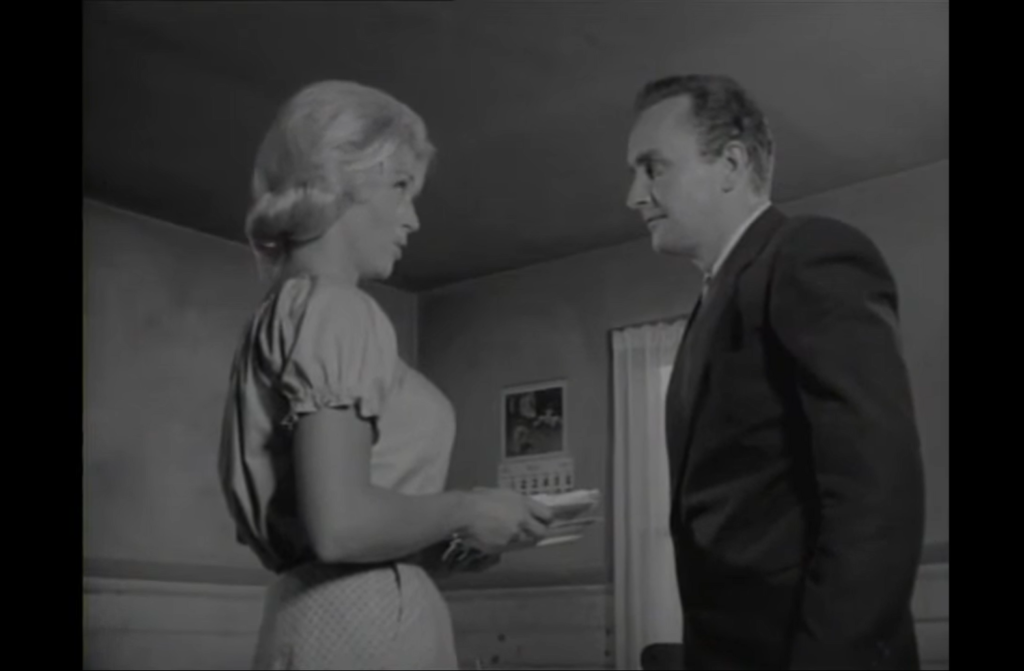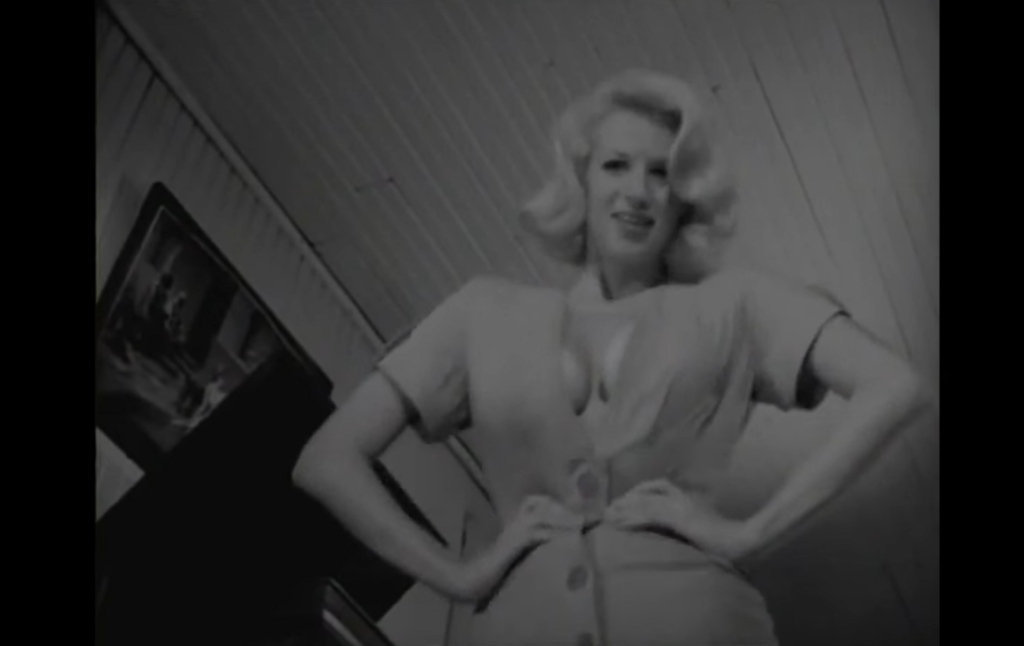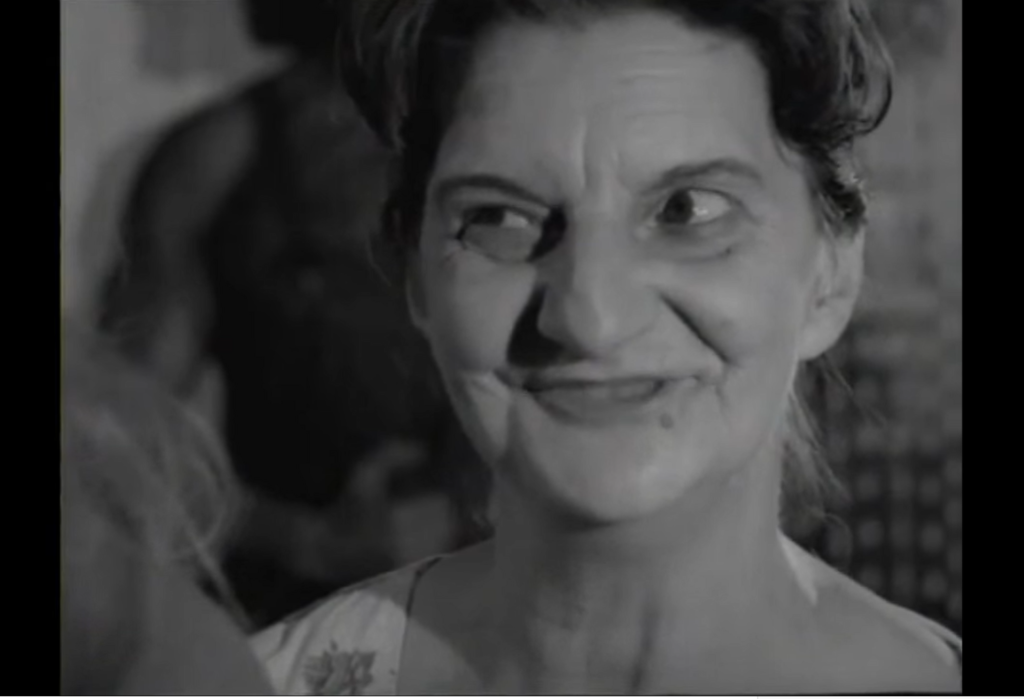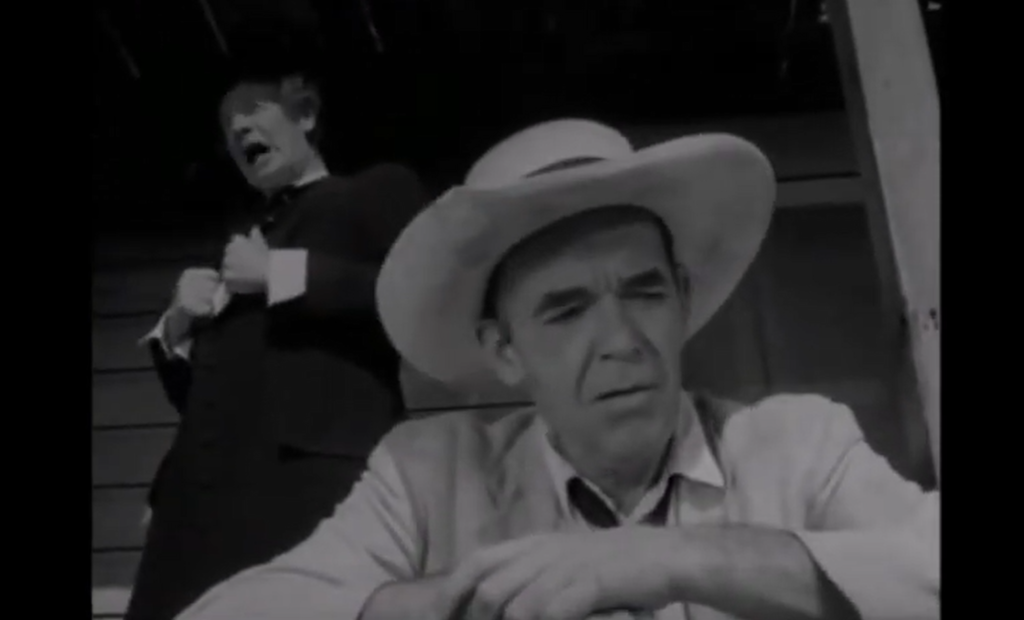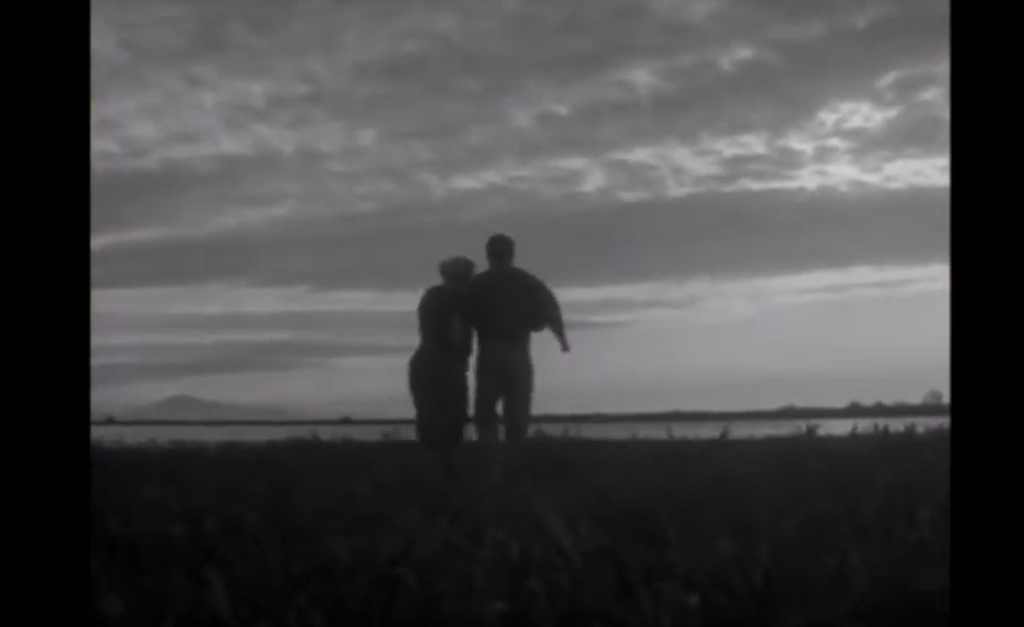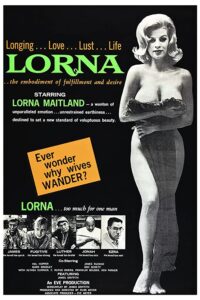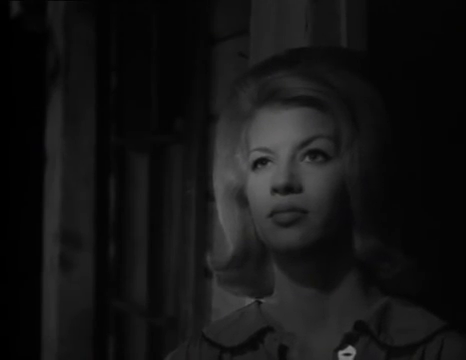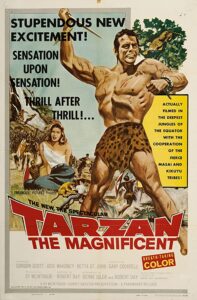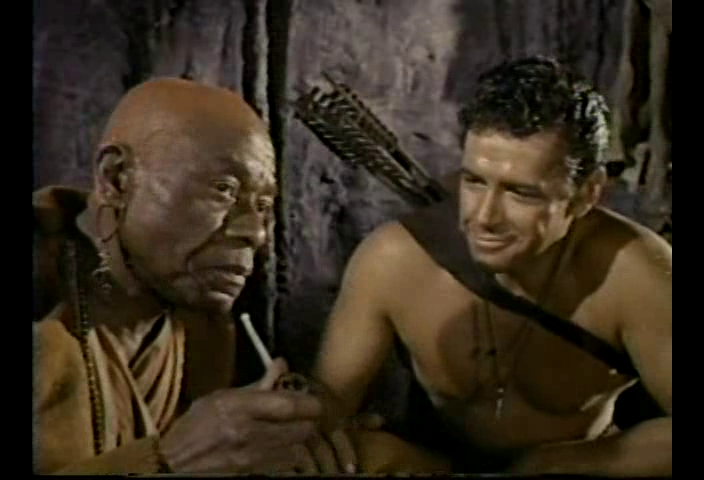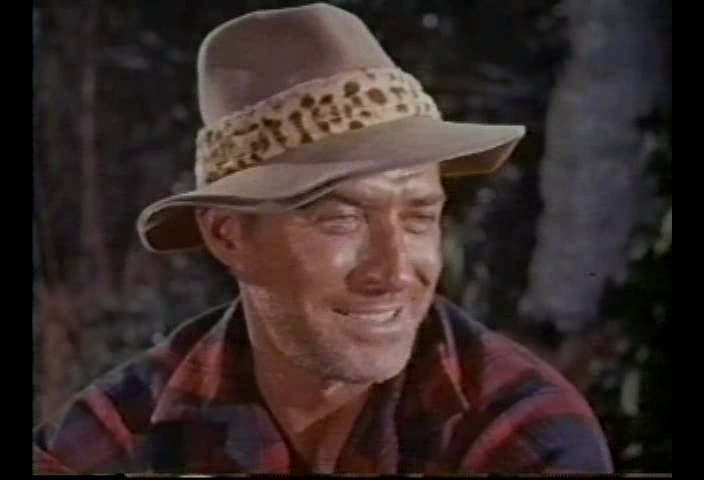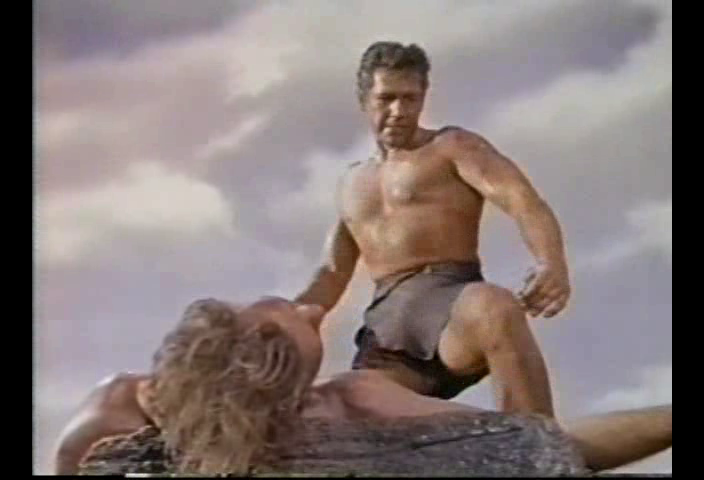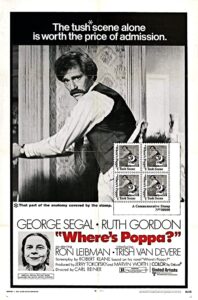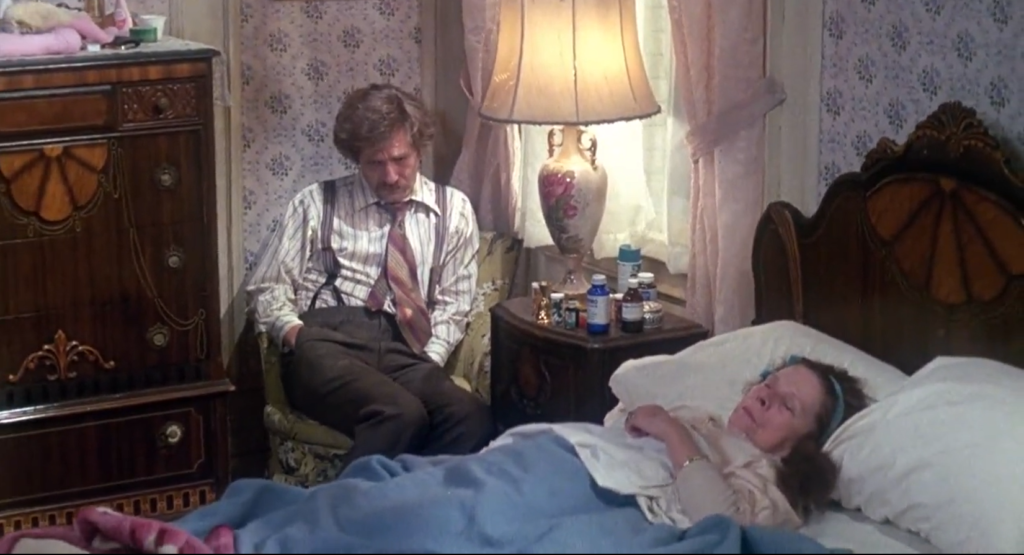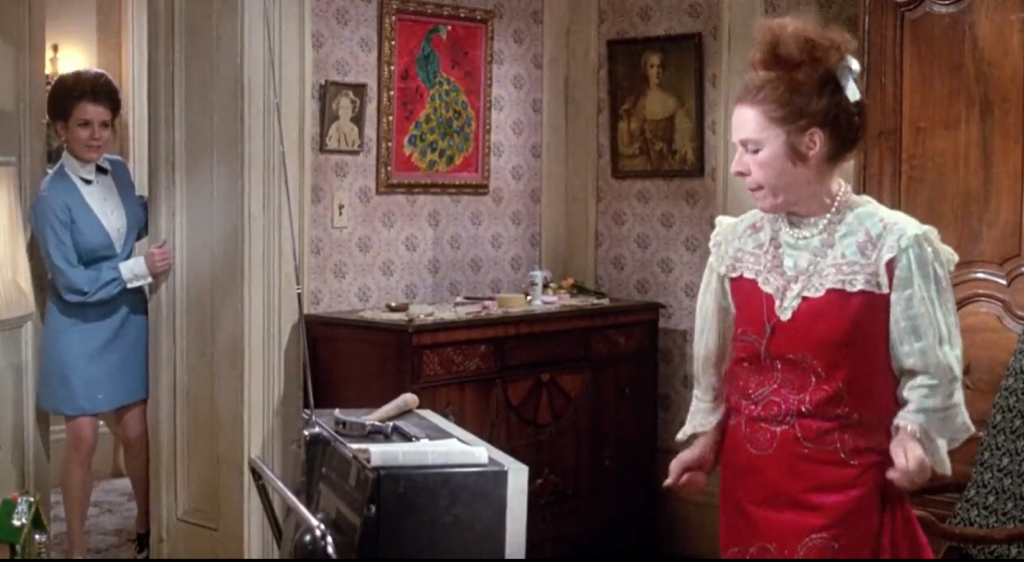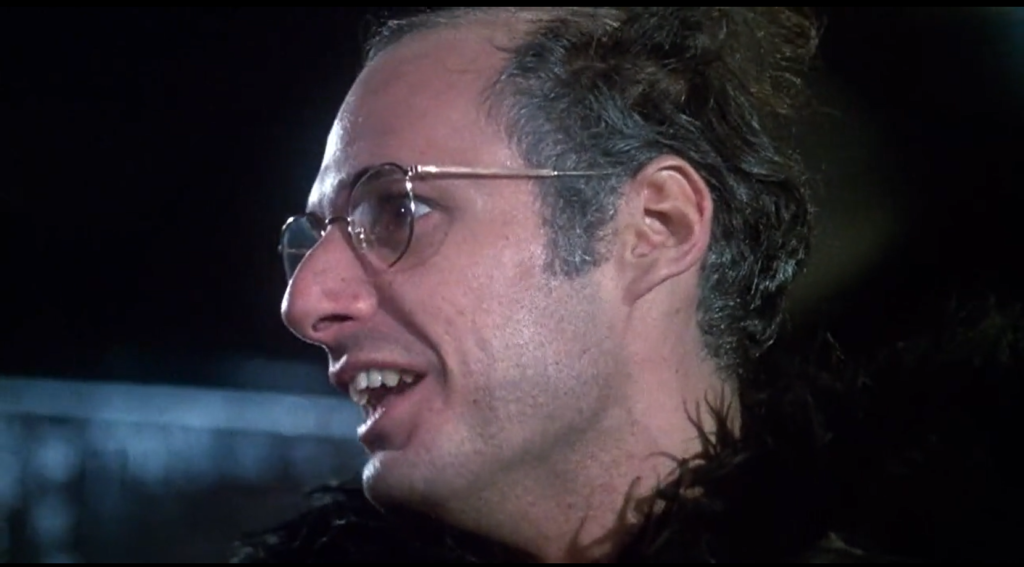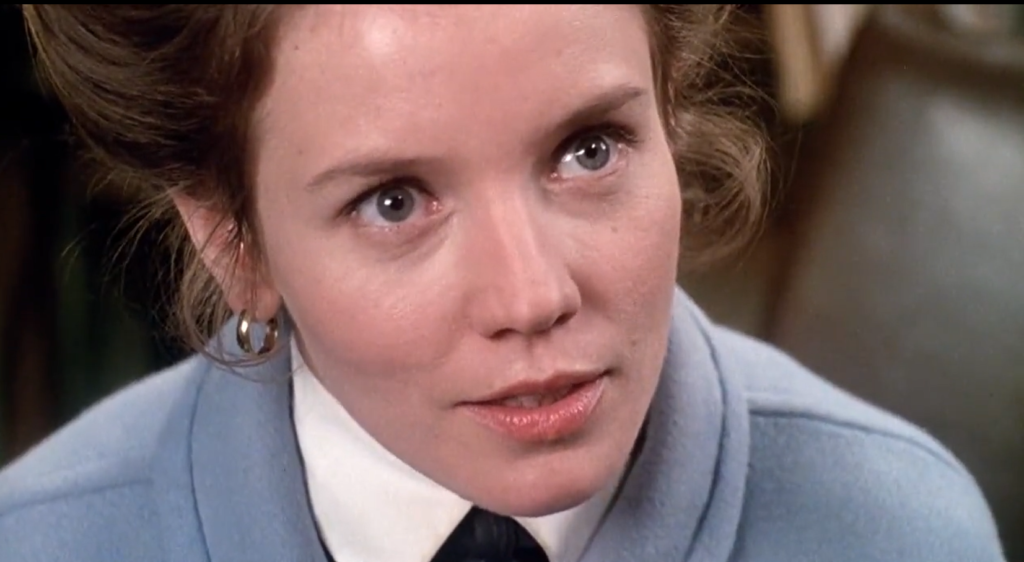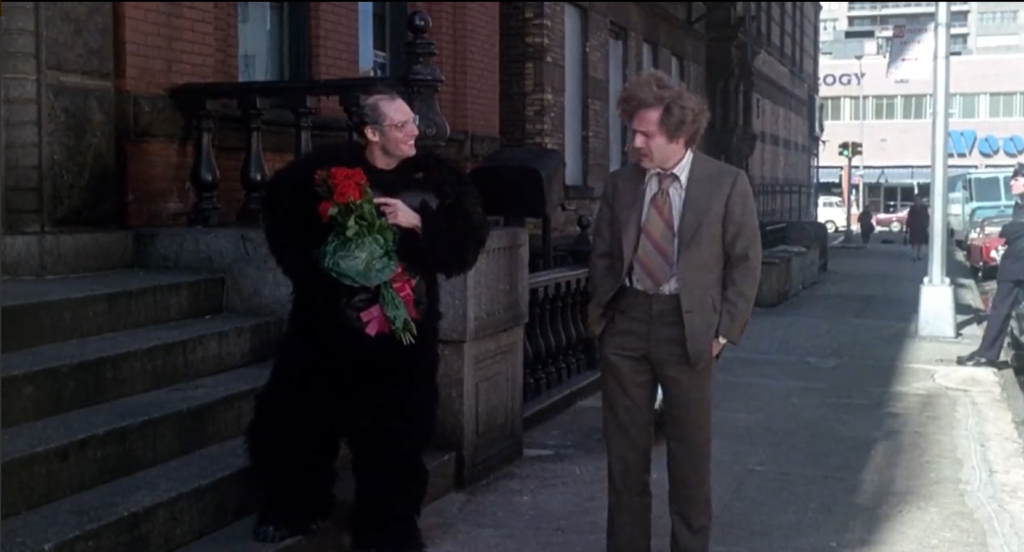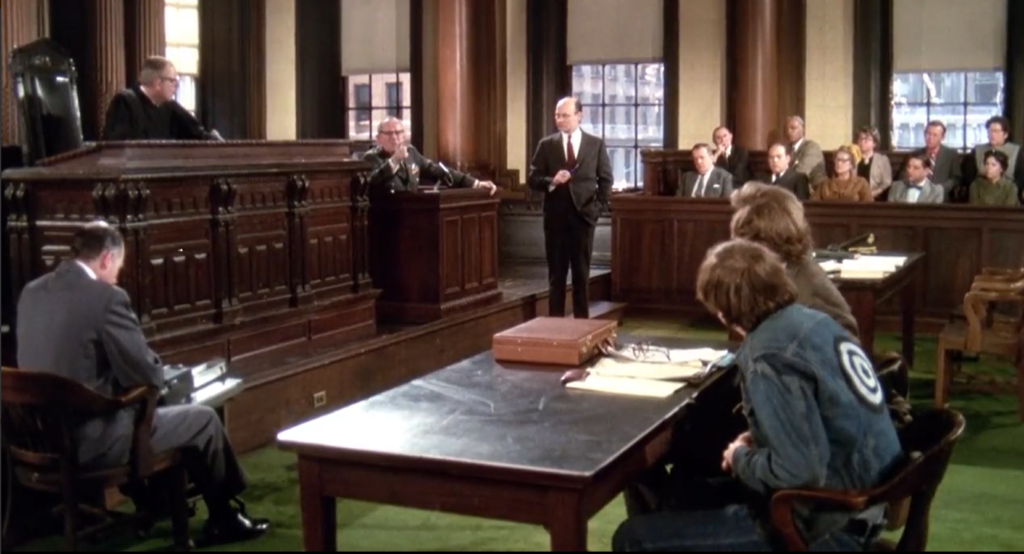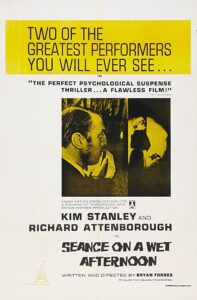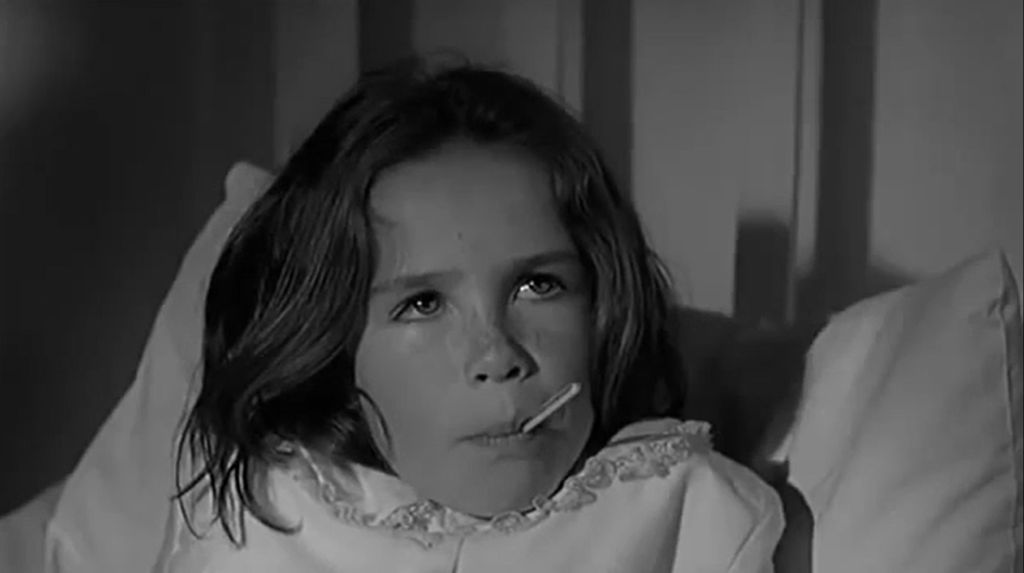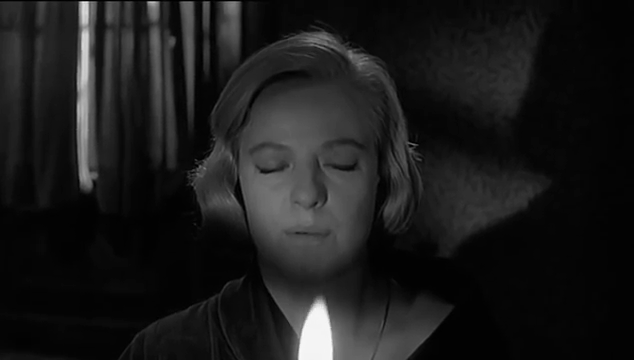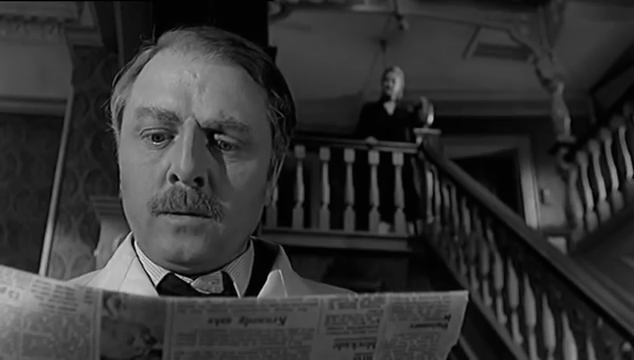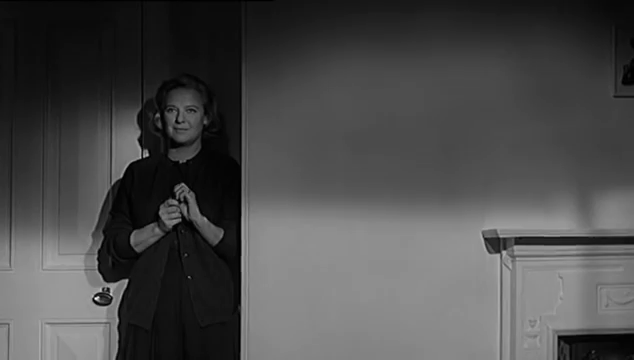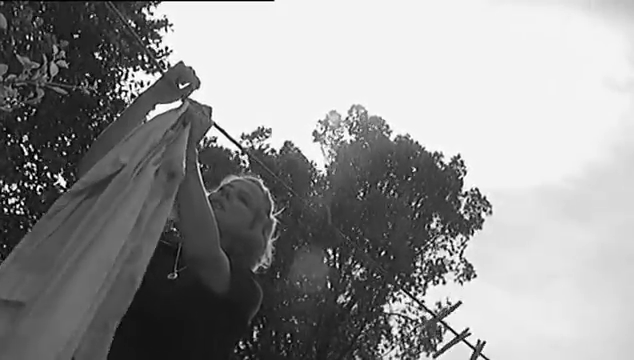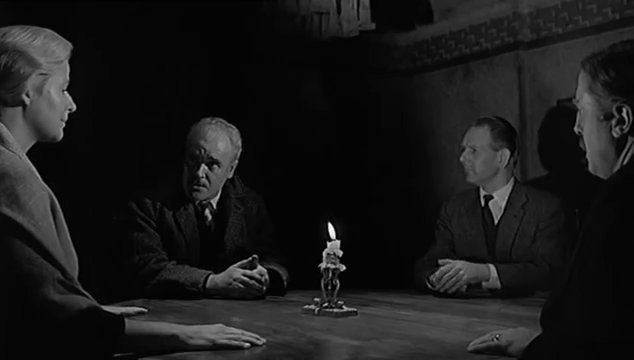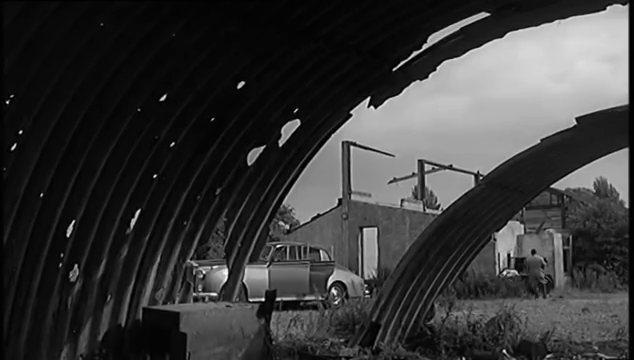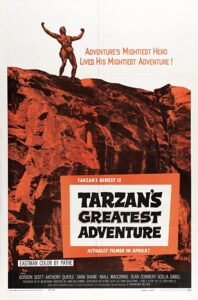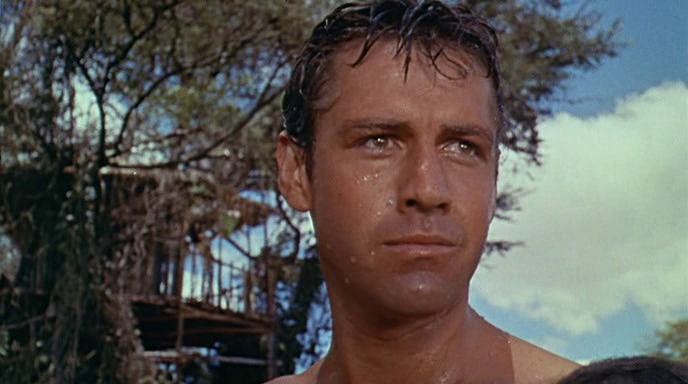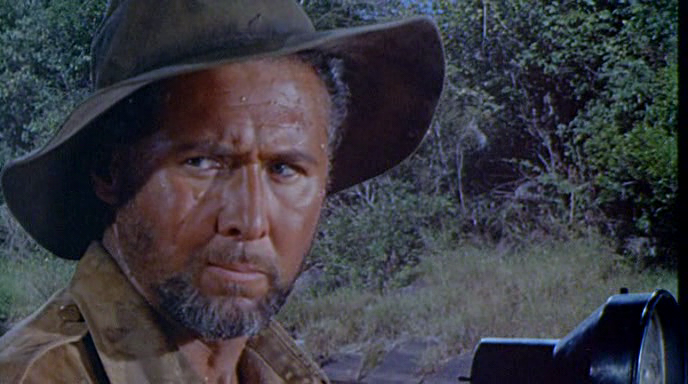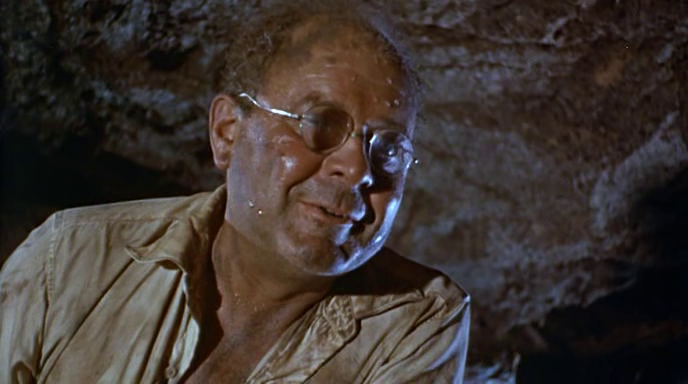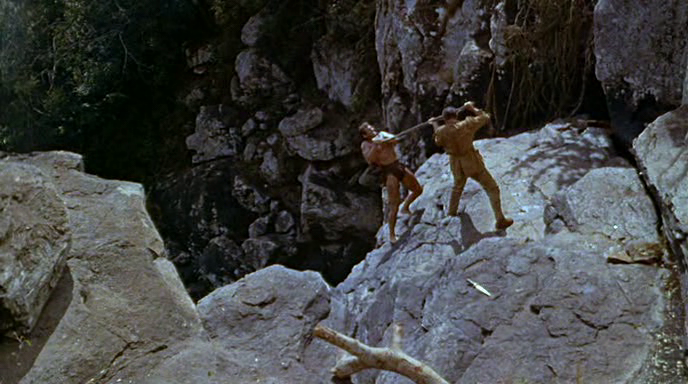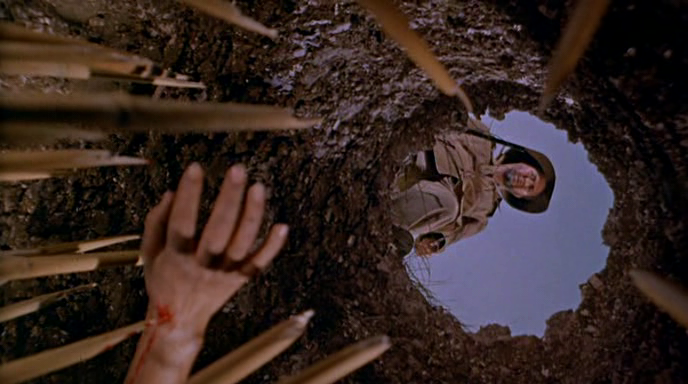|
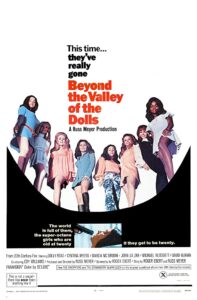
Synopsis:
Three rock performers — Kelly (Dolly Read), Casey (Cynthia Myers), and Pet (Marcia McBroom) — travel with their manager Harris (David Gurian) to Hollywood, where Kelly’s Aunt Susan (Phyllis Davis) introduces her to wild parties led by Z-Man (John Lazar). Soon Z-Man helps the three musicians form a new band called The Carrie Nations, and tensions arise between Z-Man and Harris. Meanwhile, romantic entanglements quickly ensue: Kelly starts an affair with a hunky player named Lance Rocke (Michael Blodgett) while also seducing her aunt’s financial caretaker (Duncan McLeod) into giving her a larger portion of their inheritance; Harris is relentlessly pursued by a bosomy porn star (Edy Williams); Pet falls in love with an aspiring lawyer (Harrison Page) but strays with a prizefighter (James Iglehart); and Casey falls for a lesbian (Erica Gavin).
|
|
Genres, Themes, Actors, and Directors:
- Hollywood
- Musicians
- Rock ‘n Roll
- Russ Meyer Films
Response to Peary’s Review:
Peary writes that this “cult favorite” by Russ Meyer — “about a small-town three-woman rock band… who make it big in Hollywood, the land of sex, drugs, moral corruption, and deviance” — was originally “slated to be a sequel to Valley of the Dolls, but instead of expanding on Jacqueline Susann’s trashy best-seller it turned around and parodied the first film and other overblown, cliche-filled Hollywood soap operas.” However, as Peary complains, “there is nothing worse than a multi-million-dollar spoof of movies that are already self-parodies.” He expresses frustration that “when Meyer finally got his chance to make a studio picture (with 20th Century Fox)… he proved to be lazy and conservative” instead of “really inventive”, “opting to make an outrageously campy caricature-populated film rather than attempting to make a serious, solid melodrama”. Peary adds that “critic Roger Ebert’s script is smug and vulgar, and full of violence-against-female scenes (which Meyer films seriously) of the type he has crusaded against as a critic.”
Peary expands upon his frustrations and disappointment with this film in his first Cult Movies book, where he starts by discussing Meyer’s two cinematic “phases” before BTVOTD: Meyer began as “King of the Nudies”, making a “fortune as the independent producer-director-cameraman-editor-writer-distributor of such cheapie harbingers of the Naked Cinema as the ground-breaking The Immoral Mr. Teas (1959)…” Next he made “infinitely more ambitious” “tongue-in-cheek potboilers” that “served as the basis for the pre-Beyond the Valley of the Dolls cult: Lorna (1964), Mud Honey (1965), … Faster Pussycat, Kill, Kill (1966) … and [Peary’s] favorite, Cherry, Harry, and Raquel (1969).” Peary describes this second string of films — “set in rugged terrains… [and] inhabited by sexually driven buxom beauties…, strong-jawed, no-nonsense heroes, and an assortment of religious zealots, rapists, and sweaty lowlifes” — as “essentially fake morality plays, in which the numerous sinners either repent or are punished severely.” He argues that “as skin flicks, Meyer’s 1964-1969 films were far superior to those of his competitors”, given they are “extremely well-photographed” and feature “wild, absurd visual humor, dialogue that makes no sense…, and ridiculous plot situations — while his actors play their roles straight.”
Peary goes on to say that while “to many moviegoers who hadn’t seen a Russ Meyer film, BTVOTD was a revelation — a film that they (mostly college students) considered to be their own ‘far-out’ wave length” — Peary and others realized they’d “overestimated [Meyer’s] talents”. Peary refers to BTVOTD as “really a terrible film, energetically but poorly acted by ex-Playboy bunnies Dolly Reed and Cynthia Meyers, model Marcia McBroom, and under-emoting or overemoting stars.” He points out that “cryptic jargon and Meyer’s rapid-fire editing techniques” (your head will seriously spin!) “are meant to camouflage the picture’s emptiness” — but “the holes in the script come through”. He ends his scathing review (which I essentially agree with) by noting “there is little in [it] to recommend”, and that it simply “proved that what [fans] had seen in his early films were everything Meyer had to offer”; “by choice (!), Meyer returned to making independent sex films — in the Vixen mold but not as good”, which “unfortunately [was] the milieu to which he [was] best suited.”
Redeeming Qualities and Moments:
- Colorful sets
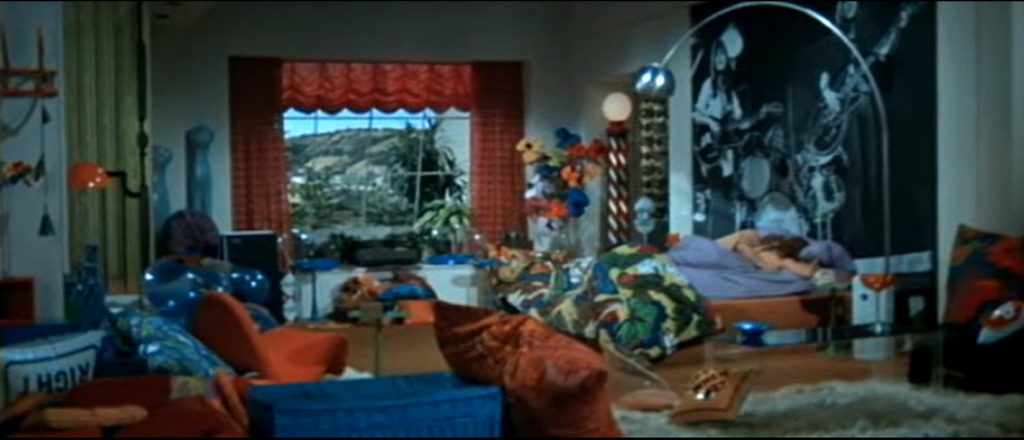
- Far-out cinematography
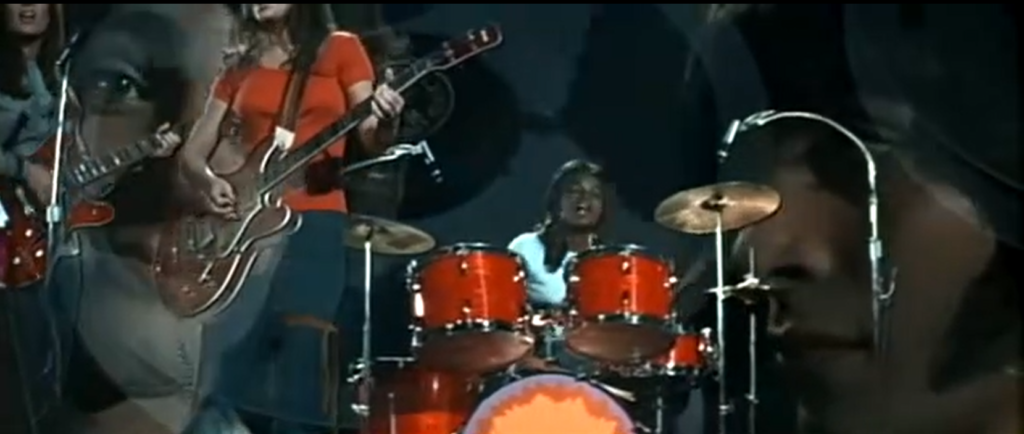
Must See?
Yes, once — but simply for its cult status and notoriety.
Categories
Links:
|
